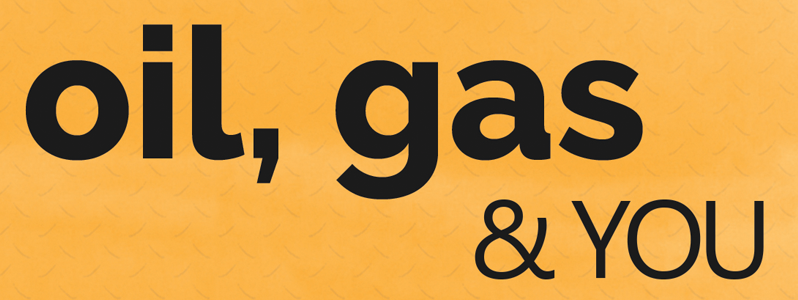LAST week, Understanding Energy tackled the biggest question in the minds of many Guyanese: how much revenue we will get and when.
But a bigger question remains: the question of what this money can do for Guyana. The answer will have a real and tangible impact on the lives of every Guyanese person.
This money is no longer an abstract. Come 2020 the government will be getting oil revenues every year starting around US300M and rising annually to as much as US$1B by 2025 from the Liza Phase 1 development. Phase 2, and a now mentioned third development, will only multiply these revenue streams higher.
What can this money buy?
To illustrate, we’ll look at what past projects in Guyana have cost, what future projects might look like, and explain what other countries did right when they encountered this kind of wealth.
The 2018 government budget includes US$7.2M (G$1.5B) for hinterland road rehabilitation and continuing work on the Linden-Lethem road. The total cost for Phase 1 of that road is expected to be around $15M. That’s about 1/20th of expected government oil revenues in year one.
Building a new bridge across the Demerara is expected to cost approximately US$170M total – about half of the government’s first year oil revenues.
On a smaller scale the amounts are even more striking: the US$1.6M it cost to build St Rose’s High School in Georgetown would be just one tenth of one percent of 2025 revenues and the total cost of building the Linden Hospital Complex comes in at less than a single percent. So, for example, we could build 1,000 brand new high schools with the revenue just in 2025 alone.
That should give you some idea of the scale of money at play here.
Some of Guyana’s most optimistic priorities are now not only feasible, but relatively affordable. From a state-of-the-art deep-water port to storm-resistant sea walls to new hydropower projects and a natural gas fired power plant, the government will soon be in a position to make substantial investments to improve Guyanese lives.
Which investments are the worthiest is a question for government ministers and their constituents. But it’s also a question worth looking outward to answer.
The World Bank and IMF have long highlighted countries that have “done it right” when it comes to spending resource revenues.
The World Bank’s independent evaluation group recently looked at other resource-rich countries like Bolivia and Kazakhstan and found that two key factors in success were 1) economic diversification through funding growth and employment in the non-extractive sectors and 2) ensuring that the benefits of economic growth and revenues are widely shared within society – contributing to human development, poverty reduction, and environmental sustainability.
Botswana is also often held up as a “case study” for good investments in its people. In 1965 its gross domestic product per capita (a measure of economic wealth per person per year) was less than US$76 – a third of what Guyana’s was at the time.
Now, after 50 years of diamond mining, that number is almost double Guyana’s at more than $7,000 per person. And its life expectancy is the seventh highest in Sub-Saharan Africa and higher than South Africa, Tanzania, Ethiopia and dozens of other larger and richer countries. Its adult literacy rate has increased by 30 percent since 1990, according to UNICEF.
This isn’t an accident. Botswana managed its money well and invested in its people by building schools, infrastructure, and hospitals and tried to ensure fair access to them for its people.
They still have many problems, but Botswana, Bolivia, Kazakhstan and other countries can all offer lessons and examples of how to do resource management right.
Many opportunities await us, but Guyana must pick and choose the best development projects and strategies.




.jpg)









